
‘Field Dressing’ By Sruli Recht
Words by Yatzer
Location
‘Field Dressing’ By Sruli Recht
Words by Yatzer
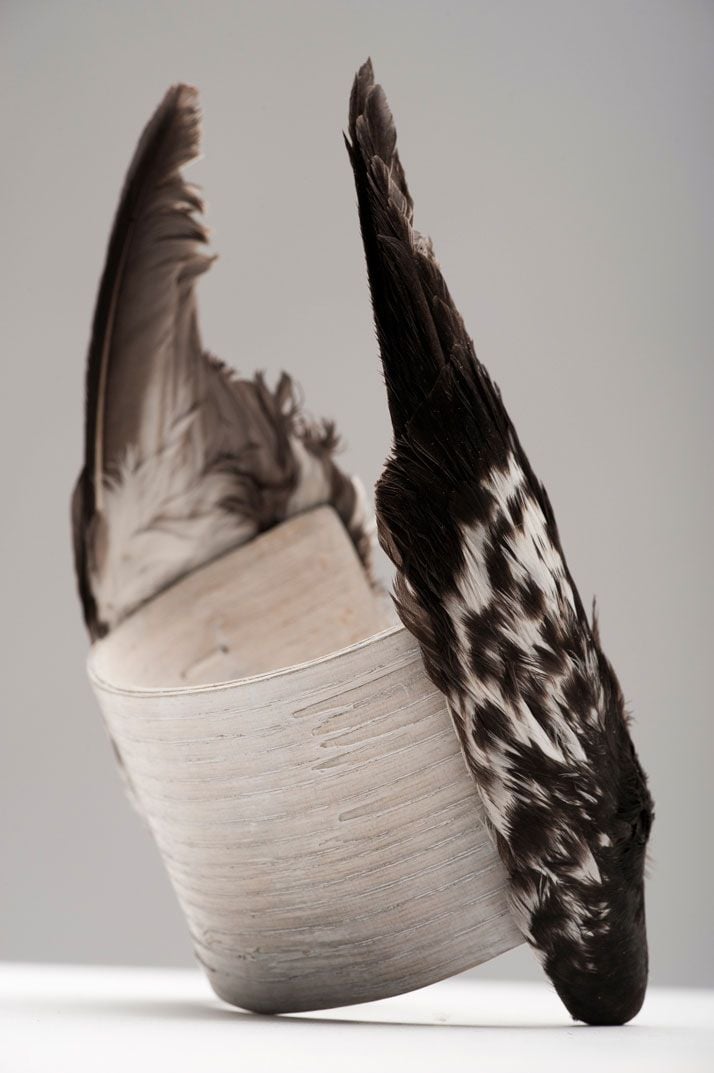
Sruli Recht presents us with his third complete menswear collection for Autumn/Winter 2012-13. Sticking to his characteristic primitive style of clothing, he uses a range of production techniques, garments and materials that are way far from the fashion of today, making his exquisite ‘non-products’, valued collectors’ pieces.Following our presentation of Sruli Recht’s showroom The Armoury in Reykjavic, Iceland in 2010 and the presentation of his subsequent two menswear collections which competed against one another in craftsmanship, the designer comes up with his third complete men’s’ collection featuring apparel and accessories made in techniques unknown in today’s mass production practices. Garments are handmade, made out of materials that would never cross our minds such as rare leather skins, horsetail-hair satin and spider-silk knits all make for an exquisite collection that in three words are described as ‘tailored, pulsing and visceral’.
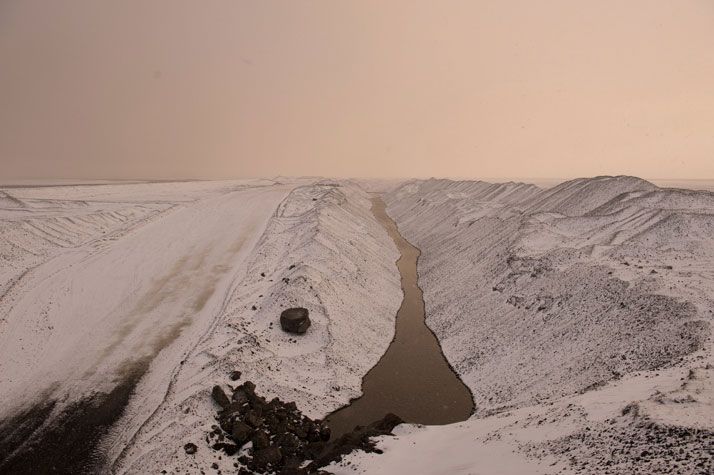
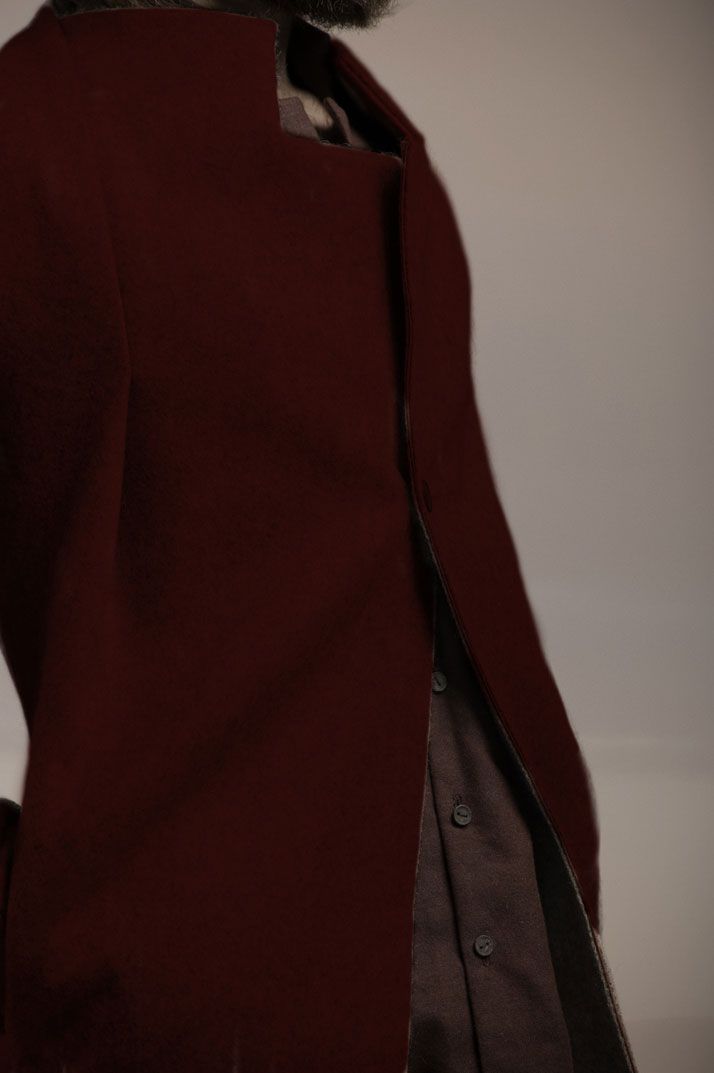
Photo © Marinó Thorlacius, Courtesy of Sruli Recht
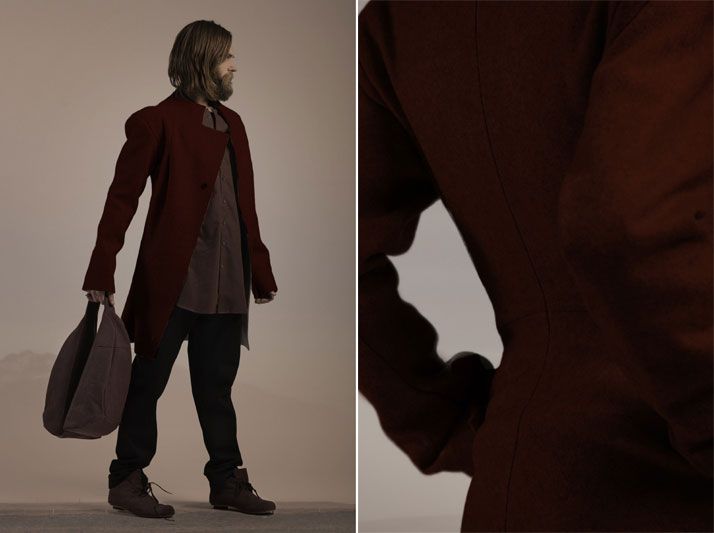
Photo © Marinó Thorlacius, Courtesy of Sruli RechtThe ‘Field Dressing’ collection for Autumn/Winter 2012/13 is made up of 35 total looks (75 styles, approximately 180 with material variations), featuring tuxedos, tracksuits, coats, tailored jackets and cardigans, trousers, shorts and leggings, the majority made from a single pattern piece and one piece of material, also carries a line of accessories boots, shoes, bags, raincoats, gloves and silver jewelry always sticking to Recht’s tailored style.
Speaking materials, the collection carries a wide range of supplies including wool, waxed cottons, leathers and silks, glass, timber and steel, complimented by Recht’s classic Icelandic reindeer and horse skin. As this collection is all about the materials and garment production techniques that are used, we chose to quote a list of the feature materials used this season as seen from the eyes of Sruli Recht;

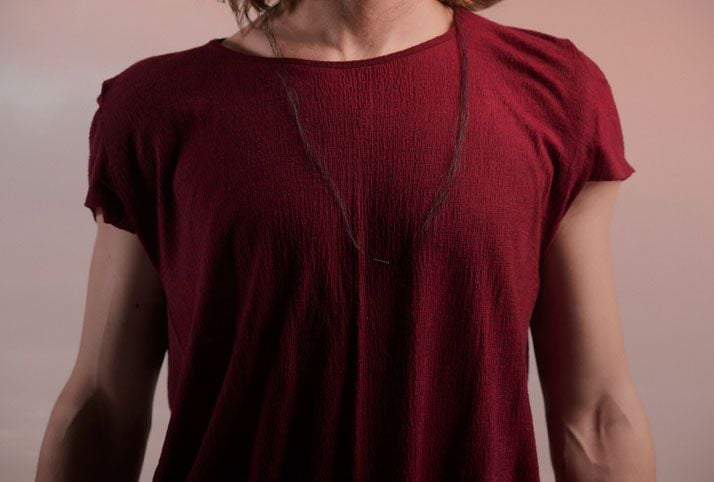
Feature materials designed or made by the studio this season:
(words by Sruli Recht's studio)
Horsetail-hair Satin
Ásthildur Magnúsdóttir, a woman of iron will and a brain in each finger, wove 3cm a day in the dead darkness of an epic Icelandic winter. Made from the waste products of the horse farms and slaughterhouses, Ásthildur developed for us a hand-loomed satin from single strands of horsetail hairs
Cetacea Leather
And in those nets and on those beaches, leaving the water, the cold air it breaches. Made by the man in the north, from bodies washed ashore, the Atlantic White-Sided Dolphin skin is nearly un-tannable, as the skin has structure more like an eye.
Spider-Silk Knit
We held down a spider, strapped its legs to a board, and reeled out its silk, for our silk spun hoard. Our knit originates from the silk gland of a spider, carefully placed in the milk duct of a goat. The single filament is reeled out of the goat millimetres at a time to produce the most difficult to obtain fibre in the world. Having secured 2 skeins of the silk, each many thousands of metres long, we spent 4 days unravelling it to prepare for knitting. A further week was spent gently coaxing two filaments into the knotted web of these garments... And then another week convincing it to become the emperor's new clothing. Weight for weight, silk is stronger than steel and tougher than Kevlar.
Icelandic Wool
With a local knitting house, we designed two new knits for this season: A Felt - Felted 100% Icelandic wool from a structured waffle knit base. And a Knit - Knitted and brushed 50% Icelandic wool and 50% cotton knit in a tight tuck stitch.
The wool of The Icelandic sheep - Íslenska sauðkindin [a patched history] : Pure descendants of the same stock as the Norwegian Spelsau, brought to Iceland by the Vikings prior to 900 Anno Domine, Icelandic sheep have been bred unmixed for one thousand, one hundred years in a bitter, harsh environment. The baron moss-fields of Iceland yield rare game and consequently they are efficient herbivores. Icelandic skins come in many colours and generally are not dyed. The hide is quite soft and are on average 6 square feet (0.56 m2) to 8 square feet (0.74 m2) in size. Often left unshorn for the winter, the wool length can be up to 8 inches (200 mm) in length. Icelandic fleece is dual-coated, and this wool is made up of two types of fibres: coarse and fine. The long outer coat is called Tog and the fine inner coat called Thel. Tog is generally classified as a medium wool around 27 micrometres in diameter. This wool is good for weaving and for use in other durable products and it is long, glossy, tough, and water resistant. Thel, being the finer wool and classified as such, is generally around 20 micrometres in diameter. This finer wool is used for garments that touch the skin as it tends to be softer and more insulating, providing a high resistance to cold and possessing a unique texture and natural colours.


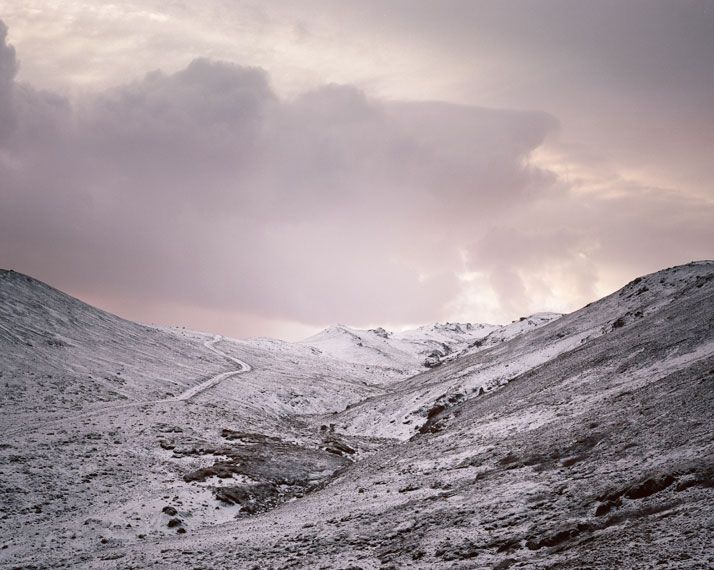
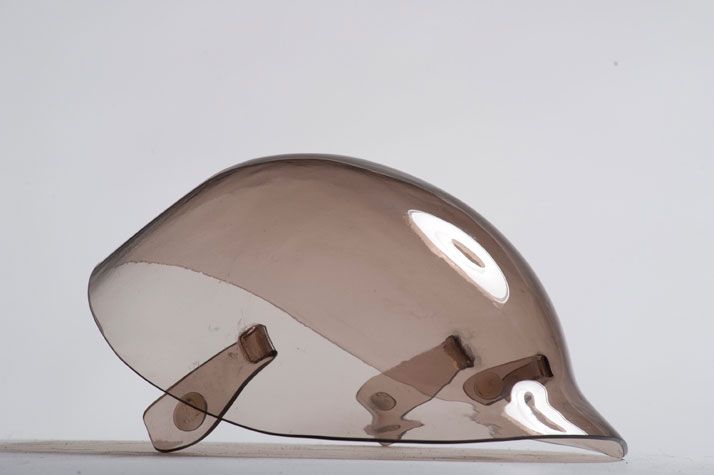
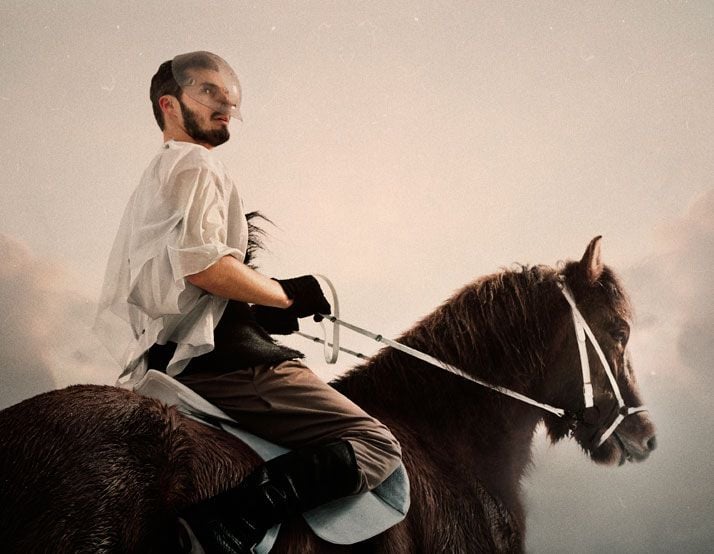
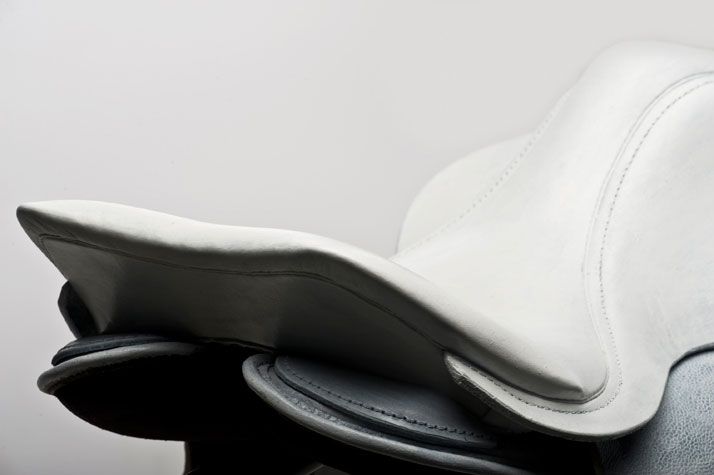

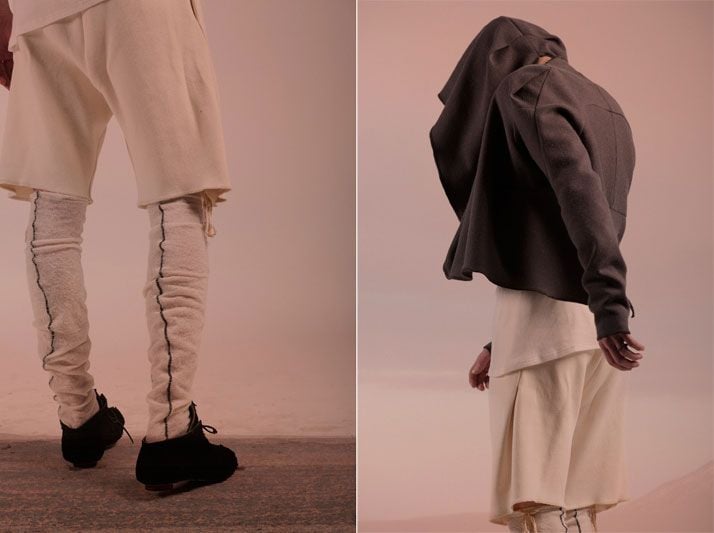
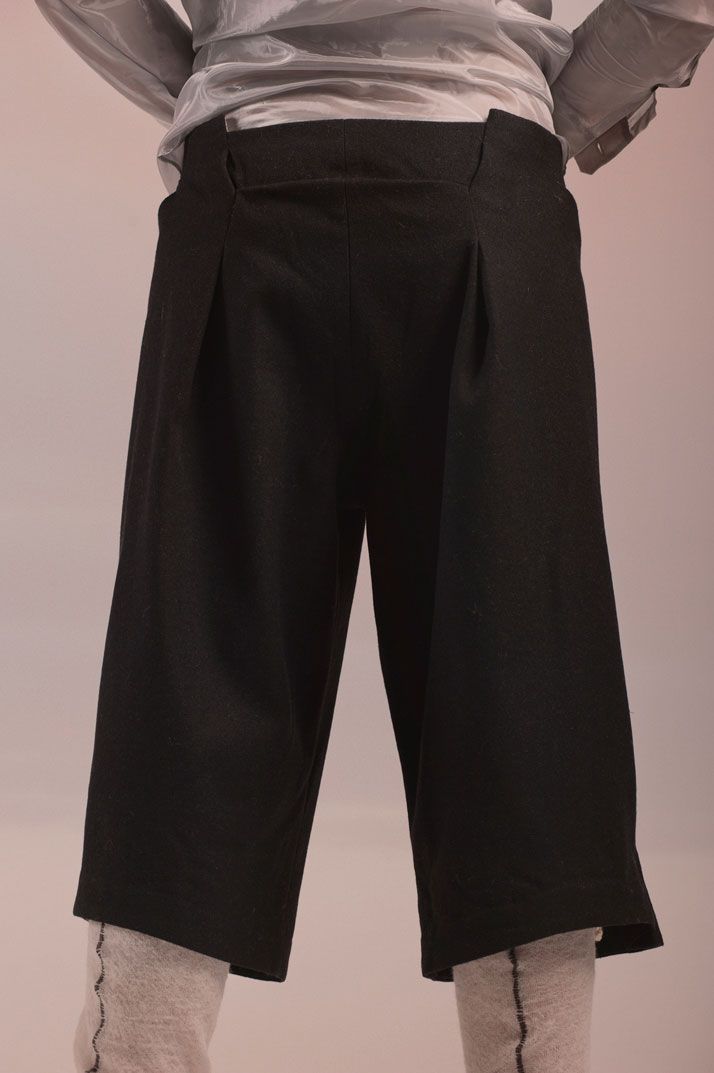
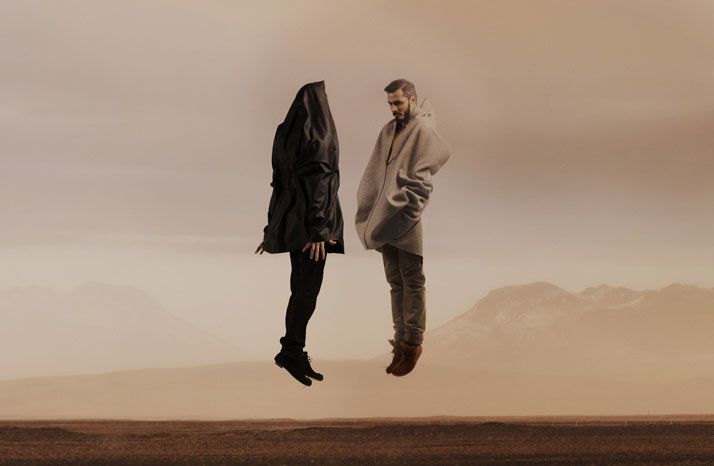

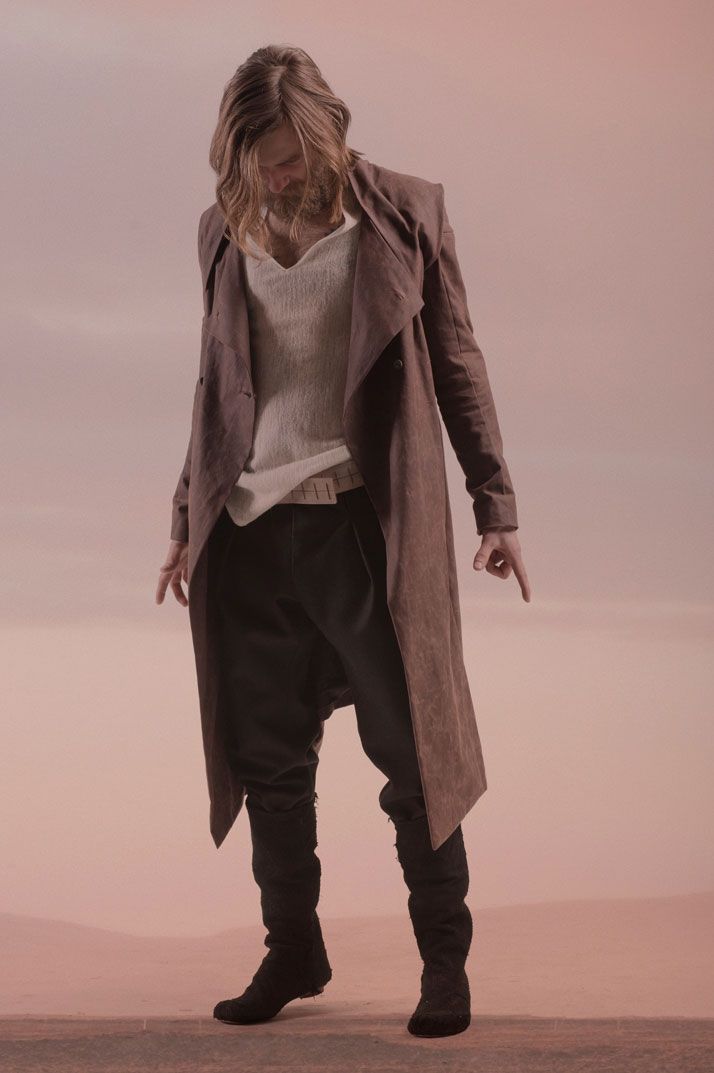

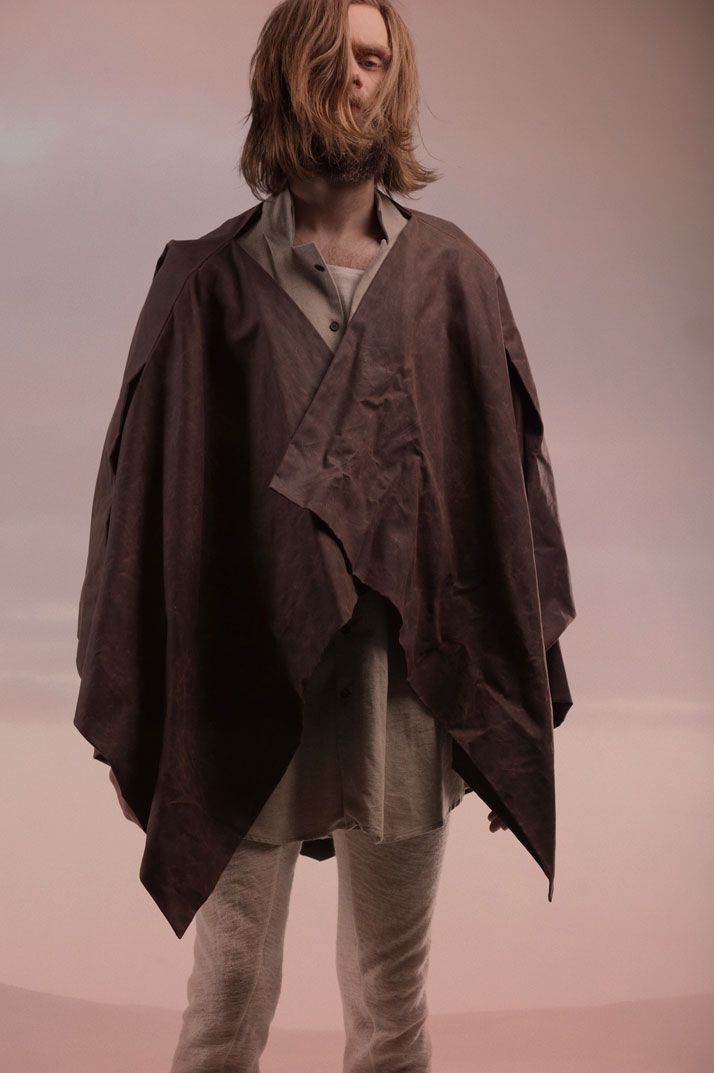
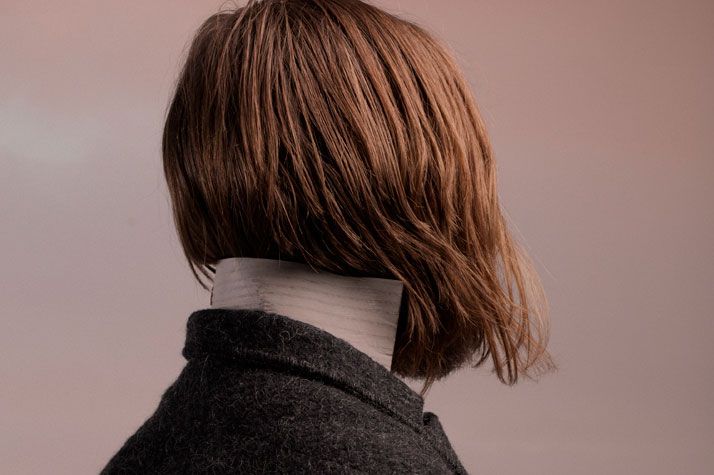
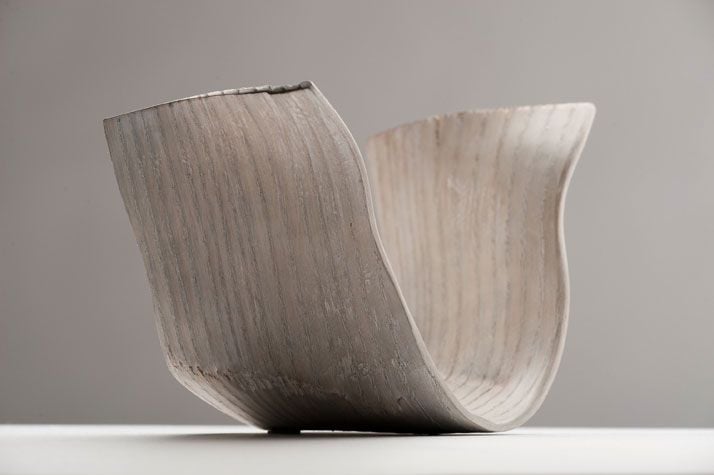
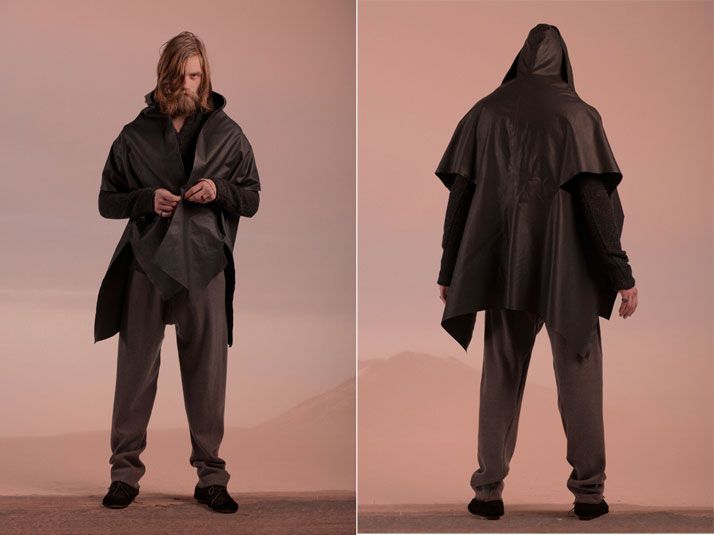
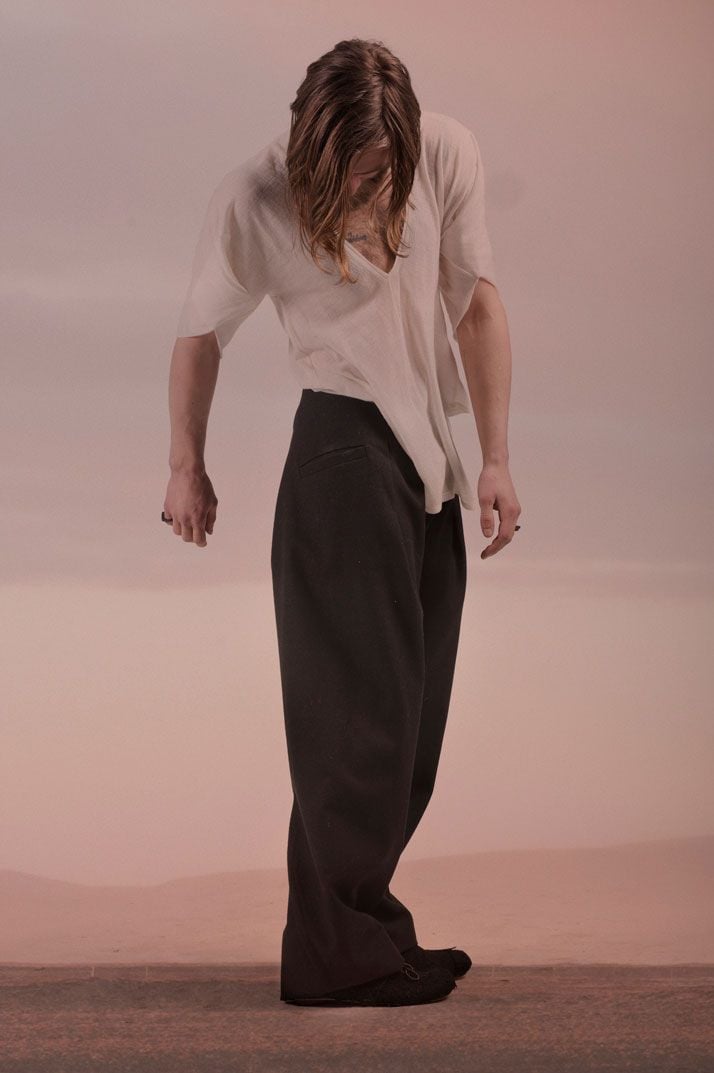
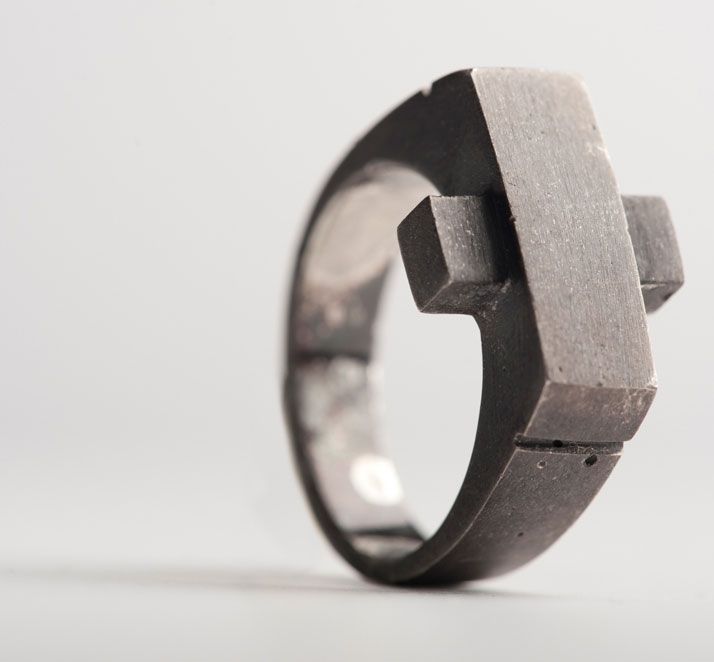
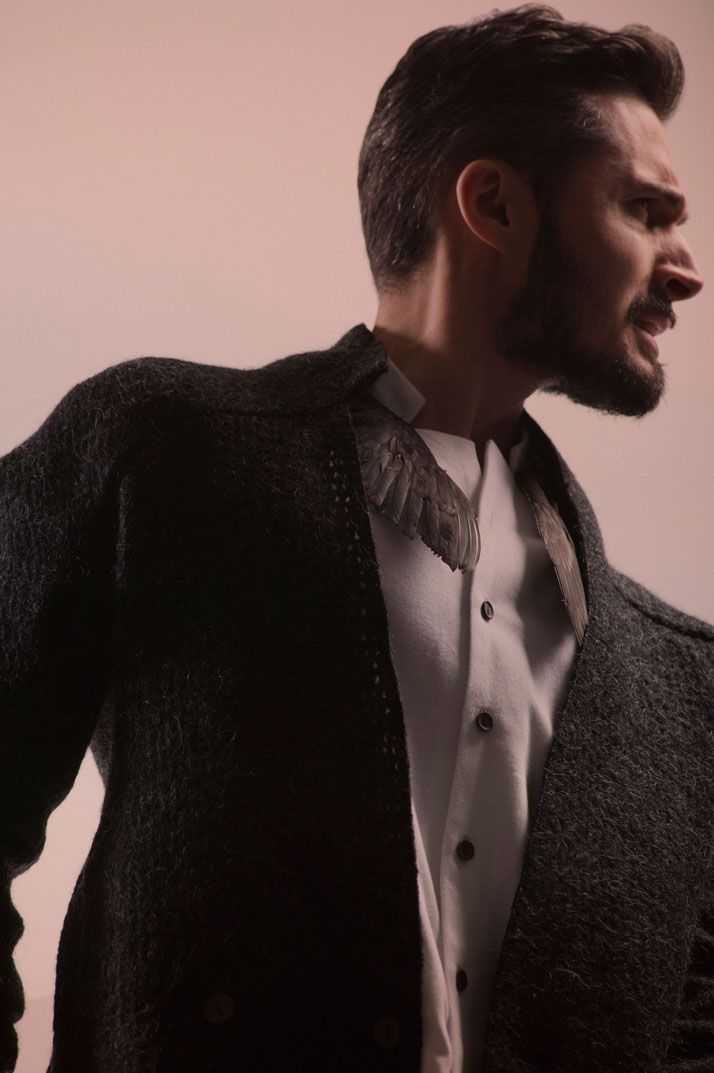
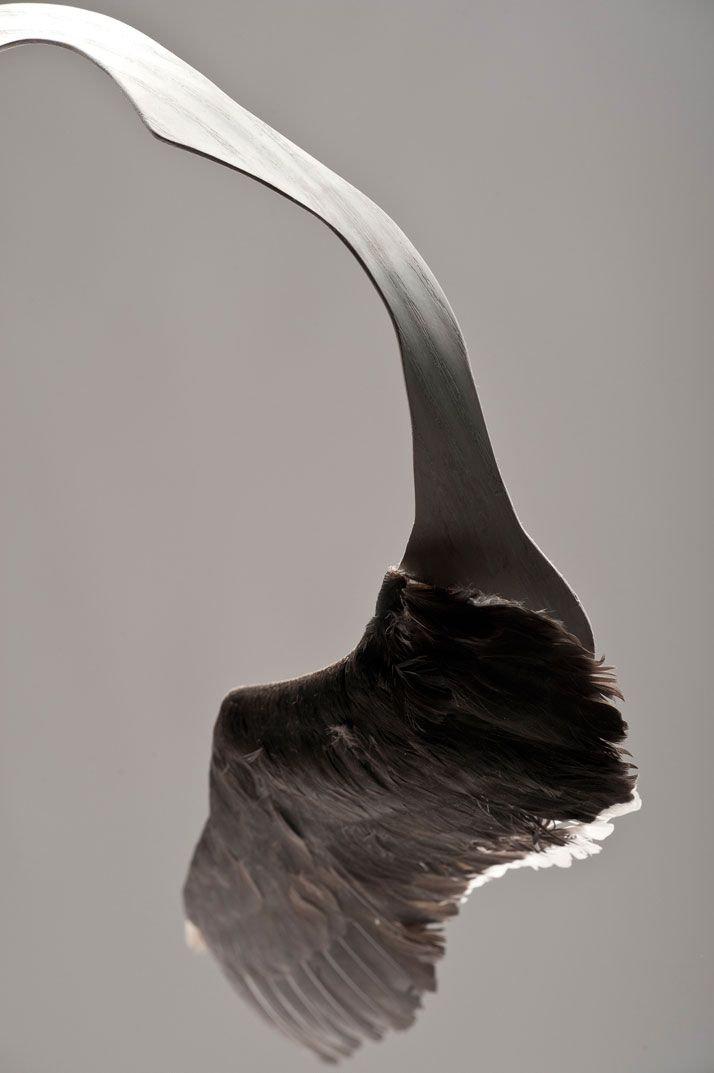

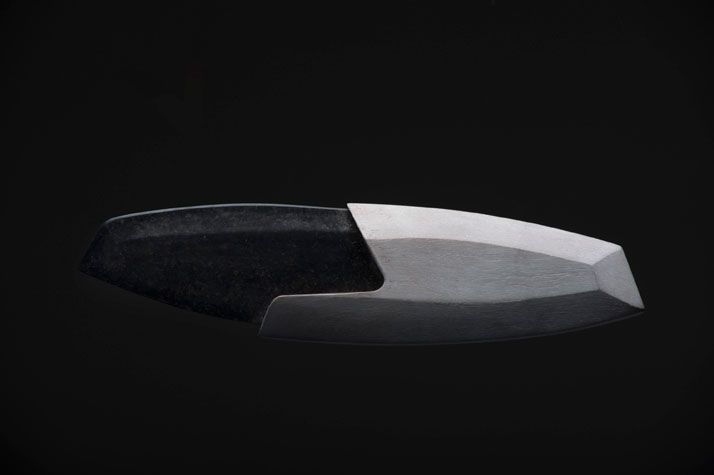
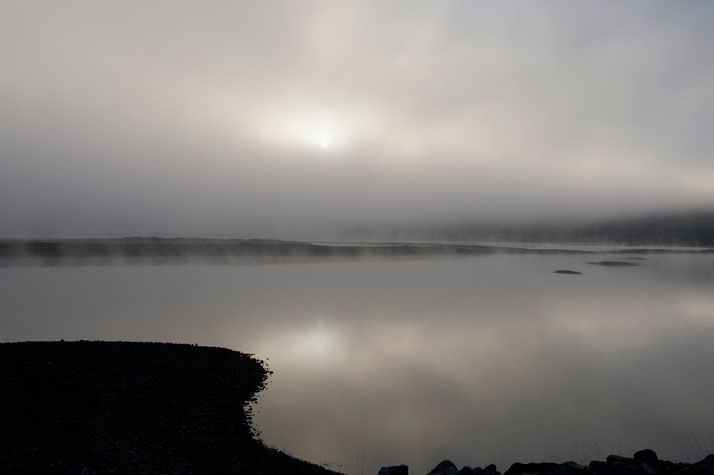
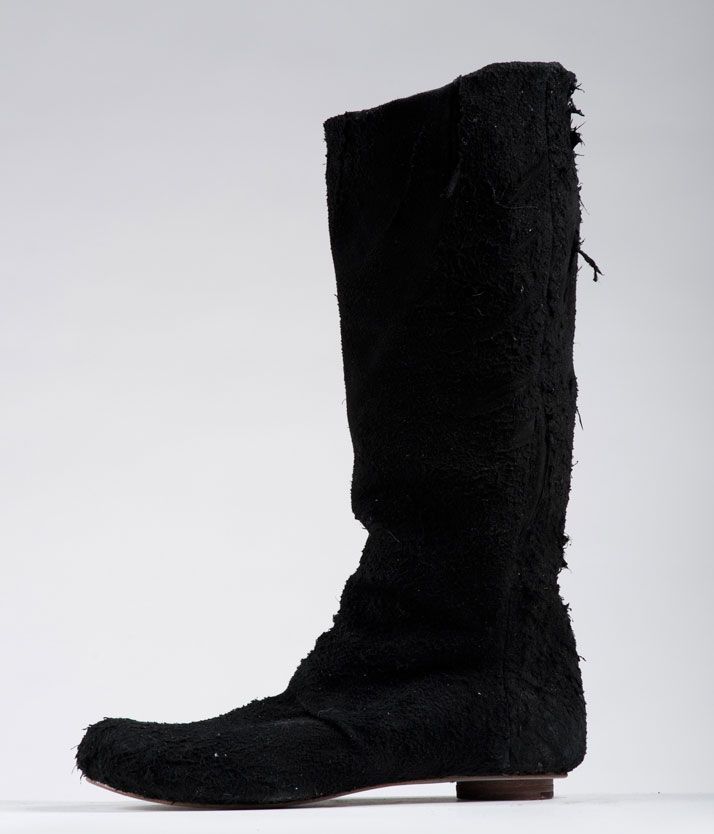
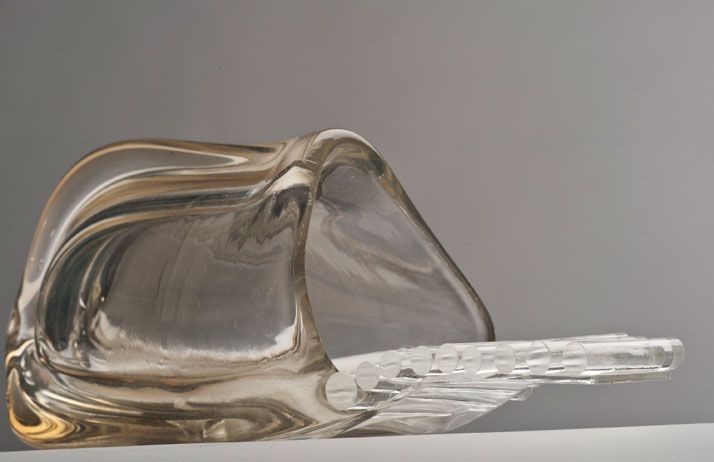


/////FIELD DRESSING // SRULI RECHT A/W 2013
WHERE THE DARKNESS DIVIDES
PHOTOGRAPHER - MARINÓ THORLACIUS
MODELS - EMIL ÞÓR GUÐMUNDSSON, DRITON KALEVIQI
STYLIST - MEGAN HERBERT
LAYOUT DESIGN (Lookbook) - WEARENOTYOU